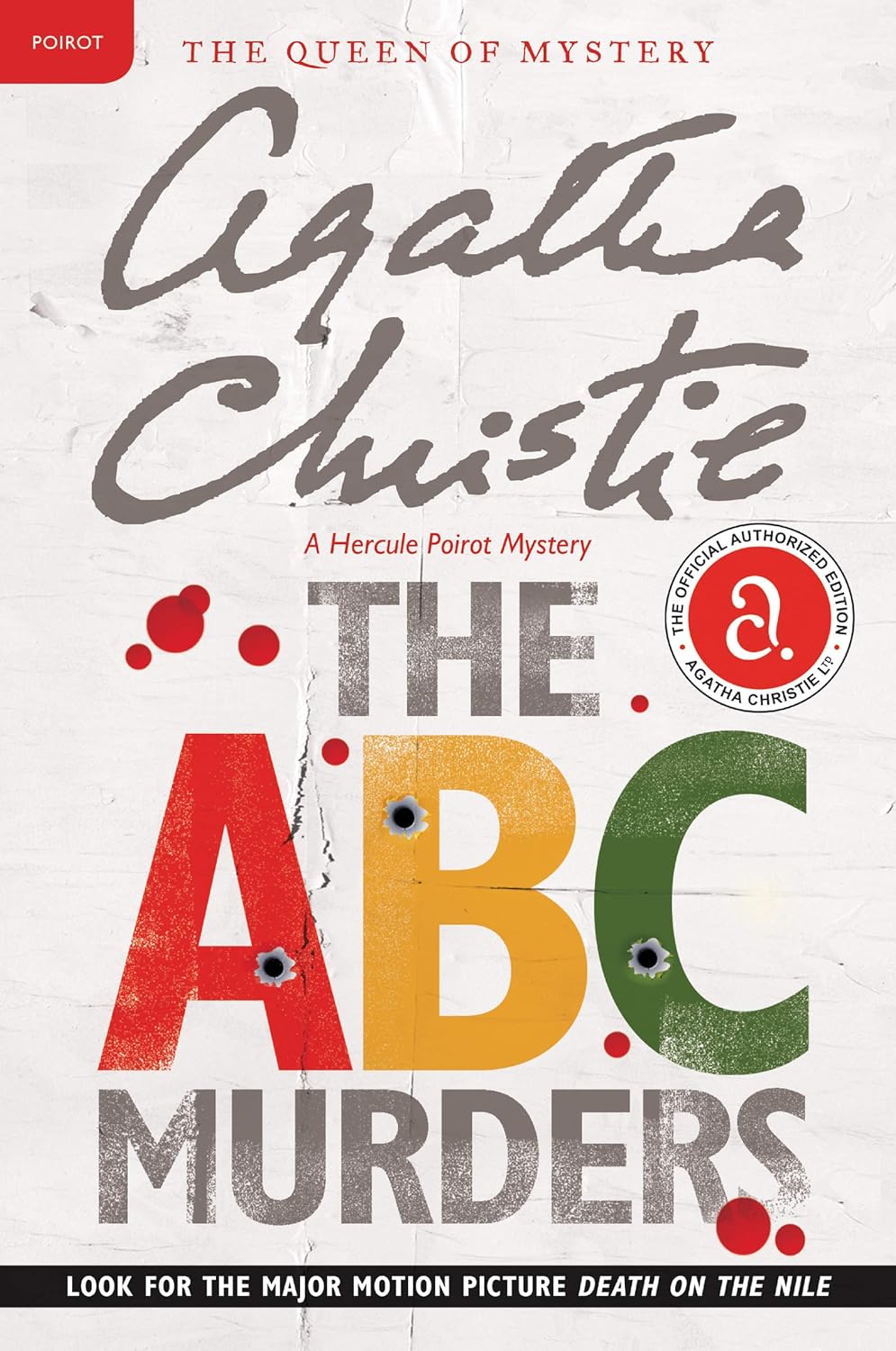|
Rating: 4/5 Stars
Buckle up, mystery mavens, because The A.B.C. Murders, the thirteenth novel in Agatha Christie’s Hercule Poirot series, is a marvel of misdirection. In this witty whodunit, Christie dishes out just a handful of subtle clues, teasing readers like me into premature conclusions. Set in 1930s England, the story follows Hercule Poirot as he investigates a series of murders committed alphabetically by an unknown assailant. The killer sends taunting letters to Poirot before each murder, challenging the detective to stop them in a captivating game of cat and mouse. What sets Christie apart isn’t just the thrill of the chase but the deliciously intricate puzzle she weaves. Every clue holds significance, and each turn of the page brings you closer to the elusive truth. The A.B.C. Murders fully embodies the magical essence of fiction, with a conclusion that feels slightly far-fetched yet delightfully fated. It’s as if Christie’s inviting you to a cerebral chess match, daring you to beat Poirot to the punch. And just when you think you’ve cracked the case, she deftly pulls the rug out from under you, leaving you marveling at her sheer brilliance.
0 Comments
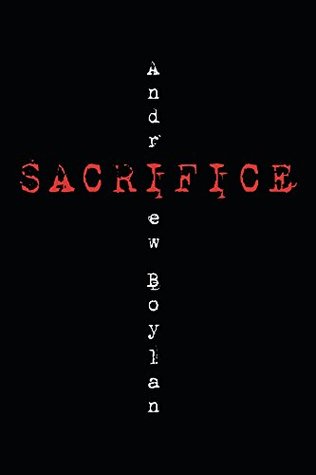 READ TIME: 4 MIN So, um, “Sacrifice” by Andrew Boylan. I read this little book way back in 2017, and I’ll admit, I didn’t love it. So, when it came time to write this review, I put it off for a few days. Which turned into a few months. And then into a few years. My procrastination skills are top-notch. But now, the time has finally come. Let’s talk about it, shall we? I stumbled across “Sacrifice” while browsing Kindle’s 99-cent bin. While I don’t normally gravitate toward the horror genre, I found the synopsis of “Sacrifice” intriguing, and I was in one of those collect-all-the-books-I’ll-never-have-time-to-read moods, so why not? The book, which blends fact and fiction, opens with struggling filmmaker Benny Hernandez photographing the scene of a gruesome car crash in which the passenger (or victim?) has some nasty wounds that seem eerily familiar. Later, Benny learns that his ex-girlfriend is convinced that a deadly, ancient cult has resurfaced in their small New Mexico hometown. Benny decides to investigate. This could be his big break! But in his pursuit of a blockbuster, he becomes entrenched in a secretive world characterized by drugs, religion, and all things danger. Despite all its compelling ingredients, the story didn’t hold my attention, primarily because I kept getting distracted by the convoluted writing. 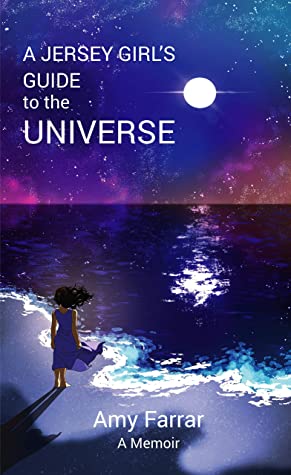 Written by Lauryn Smith A version of this article was originally published in the All Booked Up section of the October 2021 edition of “Networking News,” the official newsletter of the Professional Editors Network. There’s something special about a noncelebrity memoir. With a celebrity memoir, you usually know at least a teensy bit about the person and their life experiences before you even crack open their book. But with a noncelebrity memoir, you tend to go in with fewer assumptions and “spoilers.” With a noncelebrity memoir, you are given a valuable opportunity to learn something new about life. I recently read one such memoir, namely Amy Farrar’s “A Jersey Girl’s Guide to the Universe.” This memoir is a testament to how alike all of us really are, just people doing our best to navigate our time and place in the world. It also shows how, in one way or another, we are not alone. 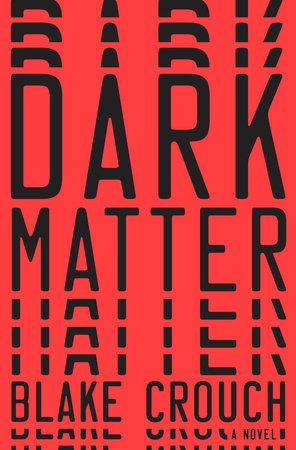 Written by Lauryn Smith Imagine experiencing another version of your life, one in which you made different, potentially life-altering decisions. Some aspects might be better, others worse. Perhaps you do not notice much of a change. Maybe your life is catastrophically altered. Black Crouch lays the groundwork for this thought experiment in his alternate universe book, “Dark Matter.” For me, reading science fiction has never been so much fun. This book is un-put-down-able. You know those books that you cannot wait to get back to, even while enjoying other activities? “Dark Matter” is one of those. Crouch details the story of Jason Dessen, a physics teacher at a Chicago college. I mean, a renowned theoretical physicist. Wait. Dessen is actually both, and each persona lives in a different dimension. Crouch establishes the former as the story’s protagonist. This Dessen, AKA Jason 1, lives a quiet, blissful, content life with his wife and son. One day while walking home from a local bar, he is abducted and taken to an enigmatic warehouse, where, amidst the confusion of events, he loses consciousness. He wakes to praise from a handful of individuals he does not recognize yet who somehow know him. In fact, he comes to realize that there is a lot about this place, this life, he does not recognize, and much of what he does find familiar is distorted in some way, shape or form. 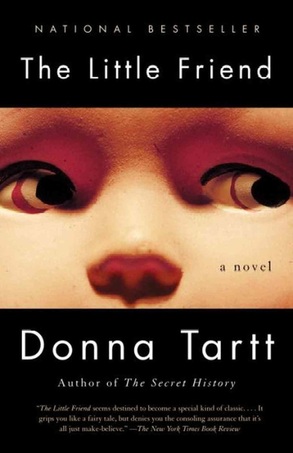 Written by Lauryn Smith You probably know by now that Donna Tartt is one of my favorite authors. “The Secret History” and “The Goldfinch” are both easily on my list of top 10 favorite books. Now I am here to discuss “The Little Friend.” I will not be adding “The Little Friend” to my top 10 list, but it is still worth reading… and then reading again. In this work of fiction, Tartt takes us to the American South. In Alexandria, Mississippi, a young, headstrong girl named Harriet is determined to find justice for the unsolved murder of her older brother Robin, who on Mother’s Day 12 years earlier was found dead, hanging from a tree in his own front yard. Ever since that fateful day, Harriet’s family, particularly her mother Charlotte, has been despondent, and memories of Robin cast woeful shadows whenever they arise. Trouble ensues as Harriet and her faithful companion Hely home in on Danny, a member of the ne'er-do-well Ratliff family, whom they suspect of the crime. Tartt uses these circumstances to illustrate the dichotomies of good and evil, innocence and guilt. Doing so through the lens of a child is a genius decision, as it also makes possible the detailing a person’s coming of age, which adds depth to Tartt’s efforts. The latter theme is tried and true, but Tartt imagines a wholly unique version of the tale, giving readers a flawed though entirely lovable and unexpected protagonist. 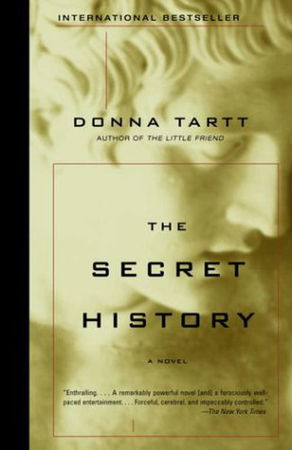 Written by Lauryn Smith Immediately after finishing Donna Tartt’s “The Goldfinch” earlier this year, I thought “this-author-and-her-books-are-so-good-I-need-more-like-now.” Luckily, I own a copy of “The Secret History,” which I first read back in high school. Reading it again, my conviction that this woman will forever be one of my favorite authors is even stronger. “The Secret History” is Tartt’s debut novel. In it, she tells the fictional tale of a tightly knit, isolated group of six students who study Greek at an elite New England college. Yawn? I think not. Tartt presents the novel’s entire premise from the get-go, so I am not giving away a major plot point when I tell you that one member of the group is murdered by the others. “The Secret History” is commonly referred to as a “murder mystery in reverse.” Once readers are alerted of the murder, the remainder of the book explores the execution and consequences of the crime, as well as the reason behind it. The narrative is presented as a years-later reflection from the perspective of one of the students, Richard Papen. As he details his college experience, he focuses on the peculiarities of his Greek classmates and Julian, the group’s eccentric, highly revered professor, who is also, unconventionally, the group's only professor. Richard relates the nuanced elements of the many and varied interactions he has with each member of the clique, and these elements incessantly compound until they explode into one of the best twist endings you will ever encounter. 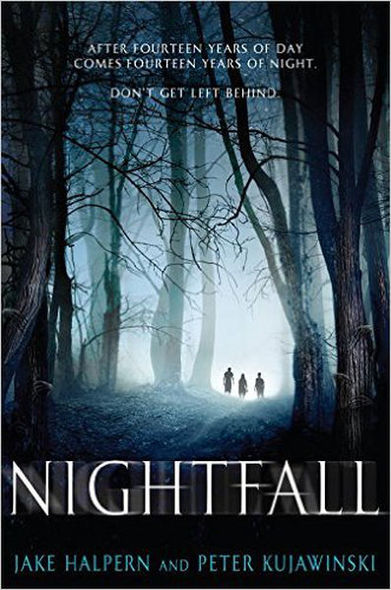 Written by Lauryn Smith One book, two authors. I must have been living under a rock, because apparently stories written by multiple authors are relatively common. Case in point: "Nightfall" by Jake Halpern and Peter Kujawinski. (Shout out to G.P. Putnam's Sons Books for Young Readers for introducing me to "Nightfall," my first dual-authored novel. Thank you for the free copy!) “Nightfall” is a piece of young adult fiction that portrays the peculiarities of the remote, forested island of Bliss. On the island, Sunrise comes only every 28 years, resulting in 14 years of Day and 14 years of Night. The island's residents spend weeks preparing for Nightfall, completing a number of odd rituals, such as removing locks from houses, leaving doors partially open and strategically rearranging furniture. Come Nightfall, they hitch rides on furrier ships in order to flee to the Desert Lands, where they will live for the 14-year interim. That is just how things work on Bliss, no questions asked. Any and all reasoning is shrouded in mystery. No one understands or speaks of what happens on the island during the cold years of Night, but everyone knows that the place should be avoided. This Nightfall, however, an unfortunate few are left behind. Once the furrier boats take off, three teens—Marin, her twin brother Kana and their mutual friend Line—are left to their own devices, and they come to understand the mysteries of the island uncomfortably well. 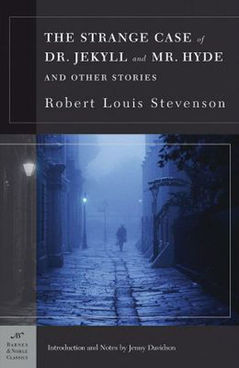 Written by Lauryn Smith Everyone knows Jekyll and Hyde. They have been portrayed everywhere, from Broadway’s stage to PBS’s Arthur. The story of Jekyll and Hyde is unprecedented, a tale depicting an omnipresent internal struggle—good versus evil. Despite its spread, it was not until recently that I actually read Robert Louis Stevenson’s “The Strange Case of Dr. Jekyll and Mr. Hyde.” Heck, I listened to the audiobook before finally venturing into text itself. When they are hanging out in your “to read” pile, Stevenson’s stories can be daunting. Sure, his works are classics. But they are also from the nineteenth century, so the language is not the most accessible to modern readers. Or so I thought. We will talk about that in a moment, but first, let’s get familiar with the story. Described as both a thriller and an allegory, “The Strange Case of Dr. Jekyll and Mr. Hyde” is an anecdote that demonstrates the duality of man. Predominantly told from the viewpoint of the honorable lawyer Gabriel John Utterson, the story depicts the struggle of Henry Jekyll, a highly respected doctor with suppressed desires that go against public mores. A man of chemistry, Jekyll concocts a potion that he uses to transform himself, to free his repressed, more wicked self, whom he calls Edward Hyde. 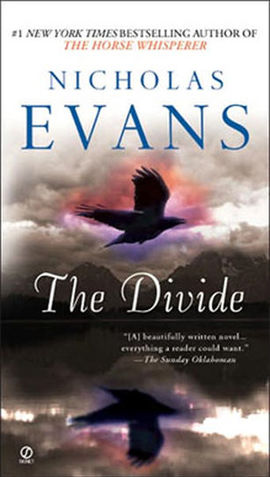 Written by Lauryn Smith “The Divide” by Nicholas Evans is one of those books you can pick up and get lost in, best read on a cloudy day with a cup of hot tea and a sky-high pile of blankets. OK, that sounds a little ostentatious. Let me explain. “The Divide” is a mellow, meandering read. In it, Evans evokes a rustic, hospitable lifestyle, effortlessly inviting readers to experience Montana’s mountains, ranches and genial residents. After reading the book, it is easy to want to run off to a cozy cabin in the woods, take the trails on horseback and then porch it with that steaming cup of tea I mentioned. The fictional story concerns the Coopers, a New York family that spends two weeks each summer on a remote ranch in Montana. On one such trip, the father, Ben, meets an artist from Santa Fe named Eve, for whom he leaves his wife and two teenagers. Around the time Ben walks out on his family, his daughter, Abbie, moves to Montana for college. While still vulnerable from the breaking of her family, Abbie gets involved with a group of radical conservationists, an involvement that ultimately leads to her being wanted for murder and acts of ecoterrorism. 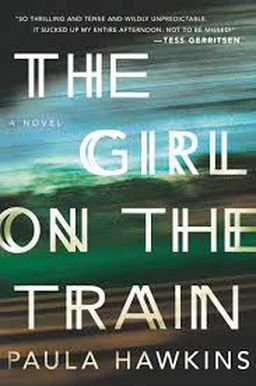 Written by Lauryn Smith and Beth Winters Paula Hawkins’s recently released novel "The Girl on the Train" has taken the literary world by storm. In fact, it has been dubbed the new "Gone Girl." The story follows Rachel, an alcoholic who spends more time focusing on the lives of others, specifically a couple she sees every day from the train, her ex-husband and her ex-husband’s new wife and child, than dealing with the reality of her own. More than one Reviewer wanted to to see what all the hype is about. Check out our thoughts below. Did you like the book? Why or why not? LS I quite enjoyed the book… at least until the story’s conclusion, which I found a little Scooby-Doo-esque. You know, the villain reveals his or her master plan to an audience after getting found out. Until that point though, "The Girl on the Train" is a true page-turner in two regards. Firstly, at the end of each section, I just had to know what happened next, and secondly, the writing style facilitates quick reading. A worthy beach read in every sense of the phrase. BW I was not a huge fan of this book. I do not think the story was planned as well as the book jacket makes it seem. There seems to be times when writing that Hawkins was simply going, "Oh shoot, forgot to wrap this part up, I should probably do that,” and rushed to conclusions. I had such high hopes for this book but was not impressed. Hawkins uses many cliches and ideas from other books, so the story does not feel original. My opinion might be different had I not read "Gone Girl" prior to "The Girl on the Train." |

Enjoying my book reviews? If you’ve found them helpful or simply love diving into a good book, consider supporting my caffeine-fueled reading sessions! Your contribution helps keep the reviews coming and ensures I stay wide awake for those late-night reading marathons. Cheers to a shared love for literature! ☕️
Categories
All
|
